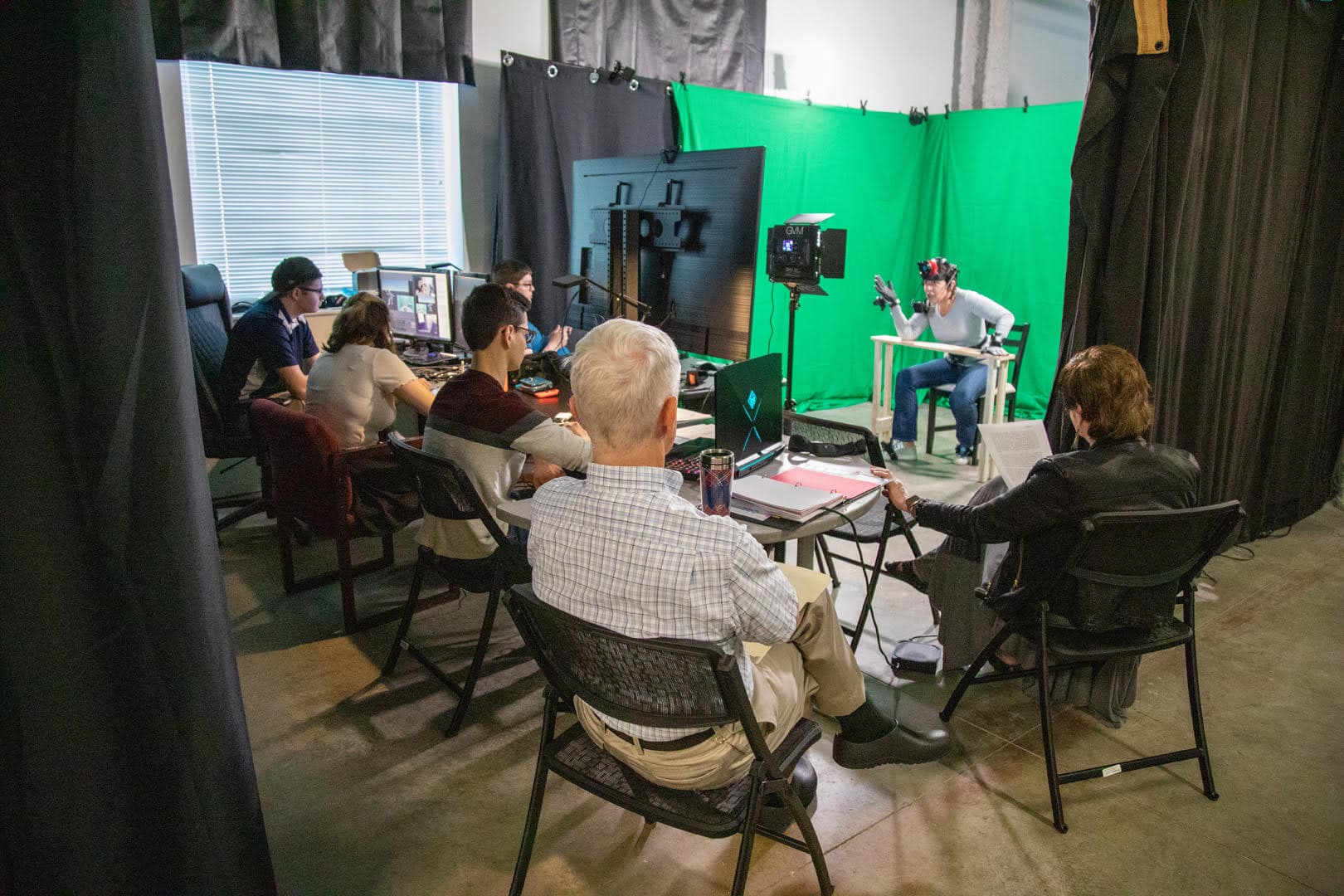 Historian Afsaneh Najmabadi, winner of the AHA’s 2005 Joan Kelly Memorial Prize, has spent the last few years not working in archives, but building an archive. Last week, at an event hosted by the White House Office of Public Engagement and the National Endowment for the Humanities (NEH), she walked through the results of her efforts: “Women’s Worlds in Qajar Iran,” a digital collection of family papers, official documents, and personal belongings that attempts to open avenues of research into the lives and influence of women in Iran from 1796–1925.
Historian Afsaneh Najmabadi, winner of the AHA’s 2005 Joan Kelly Memorial Prize, has spent the last few years not working in archives, but building an archive. Last week, at an event hosted by the White House Office of Public Engagement and the National Endowment for the Humanities (NEH), she walked through the results of her efforts: “Women’s Worlds in Qajar Iran,” a digital collection of family papers, official documents, and personal belongings that attempts to open avenues of research into the lives and influence of women in Iran from 1796–1925.
Najmabadi, with support from the NEH, worked with 44 families and seven institutions in Iran, Europe, and the United States to digitize family keepsakes and records, including marriage contracts, letters, artwork, photographs, clothing, and many other artifacts and documents. The project now hosts some 5,000 images on a bilingual website and continues to expand. Many of the documents have been translated into English and Najmabadi plans to see to the translation of many more.
The era of the Qajar dynasty, according to Najmabadi, has typically been studied only through its men. Women’s lives and influence have been deeply subsumed by the assumption that they were too marginalized and undereducated to have a role worthy of historians’ attention. This archive, Najmabadi explained, shows several research paths that will allow historians to explore and challenge prevailing assumptions, especially about Muslim women. The marriage contracts, for example, besides being works of art in themselves, often show an assertion of agency and rights on the part of women. Correspondences show a high degree of literacy. And an innocent-seeming cookbook turned out to serve a second purpose as biting political satire.
The project is also, Najmabadi hopes, a step forward in the development of digital humanities. Instead of lamenting the lack of an archive on a particular topic, historians now have the option of building one. When the project faced technical issues that weren’t addressed by already-existing web applications, the project developed new ones, which will eventually be made open source for adaptation by others.
Finally, the project is already being used in the classroom. Najmabadi notes that even though most documents are not yet translated, art history instructors have mined the archive for lessons. Teachers can also approach the collection for lessons on material culture or follow the path of “object-centered inquiry” illuminated by Laurel Thatcher Ulrich. The archive, based as it is on items selected for preservation by families, can help historians further delve into the point made by Roy Rosenzweig and David Thelen—that by saving personal items and sharing them with others, individuals and small groups are not just historical actors, but historical interpreters.
This post first appeared on AHA Today.
This work is licensed under a Creative Commons Attribution-NonCommercial-NoDerivatives 4.0 International License. Attribution must provide author name, article title, Perspectives on History, date of publication, and a link to this page. This license applies only to the article, not to text or images used here by permission.



